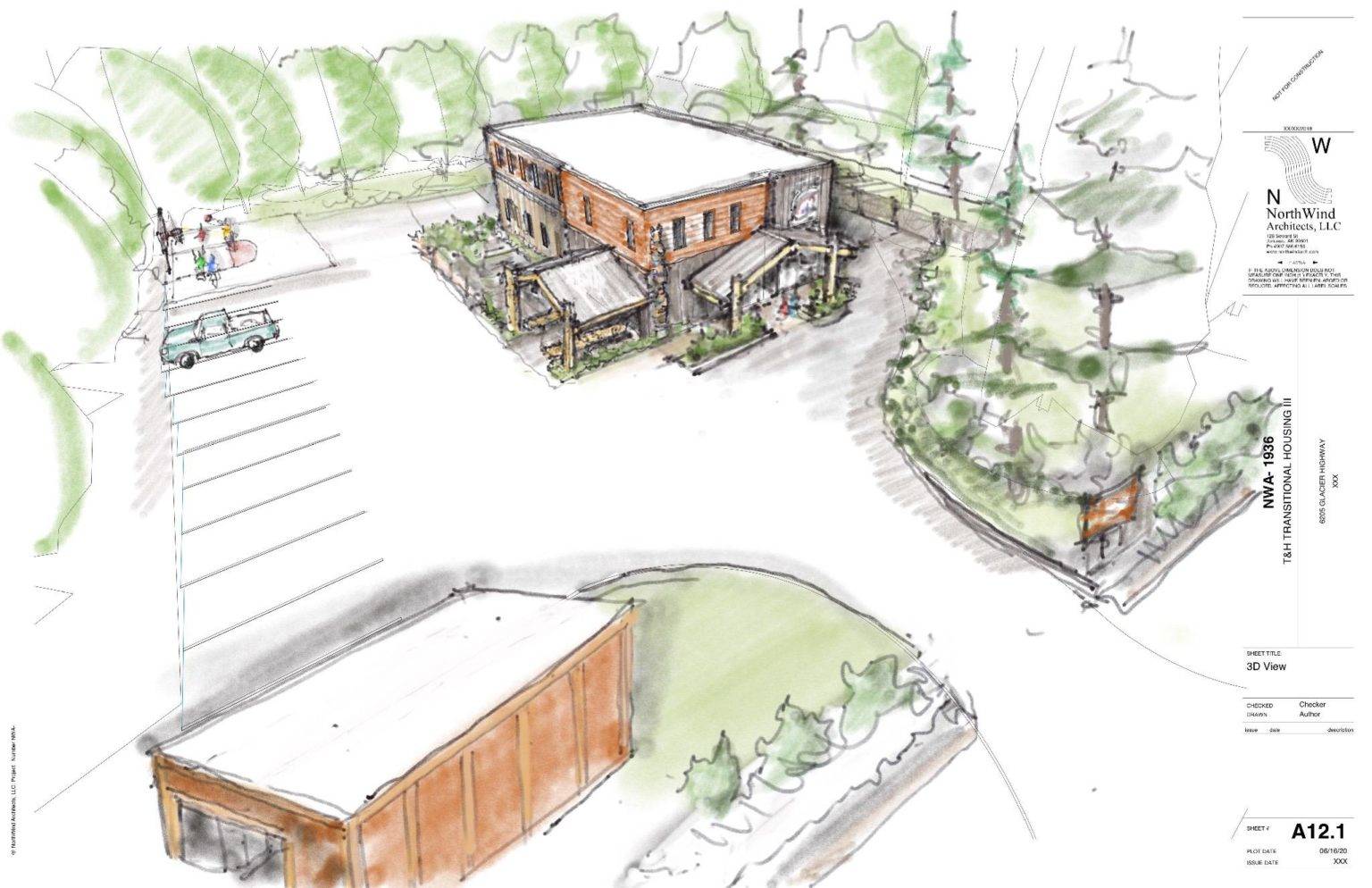By Robert Pennington
Hello, my name is Robert Pennington. I have spent time in Juneau, on the Taku River and in the Eagles Edge subdivision. I am familiar with the 6205 Alaway Avenue facility location.
I worked for the California Department of Corrections for 30 years and started my career as a front line correctional officer. I moved through the ranks as a sergeant, senior youth counselor, parole agent, lieutenant, treatment team supervisor, facility captain, deputy regional parole administrator, and I ended my career as the assistant superintendent at a correctional facility in Stockton, California. So, I have a comprehensive skill set with extensive knowledge and understanding of the criminal justice system and the population we serve.
I’m reaching out to give you perspective from my professional experience in reference to establishing and opening a transitional facility immediately adjacent to a school zone for the local middle school. It is a horrible idea!
For a small percentage of parolees, it has been my experience that they emerge from a period of incarceration and never again violate laws or social norms. They go on to lead a law-abiding, crime-free lifestyle.
However, criminality can very easily become a lifelong pattern of behavior. Criminality and substance misuse is a deadly combination that places the immediate community at peril for victimization. Without digging into statistics or extended studies, I know this to be a fact.
Logically, if a parolee makes the decision to reoffend, he or she will need the opportunity to carry out this decision. The highest percentage opportunity to act out will be within their immediate proximity. Drawing from my extensive experience working with inmates, let me explain how they may operate in your community.
Most everyone in a community develops a daily routine. We wake up, shower, get dressed, eat breakfast, clean up and head out to work. Inmates are no different. Unfortunately, the criminally minded have learned how to exploit these daily routines to victimize people by exploiting the vulnerability in our behavior patterns. Schools have to establish consistent start and stop times that accommodate the children and their families. Placing the transitional facility in the immediate vicinity of the school zone will allow access for inmates to observe and learn this routine.
A criminally motivated resident living directly adjacent to a school zone will first learn the school schedule routine. He will know the start and stop times. He will observe the pattern and flow of adults and children moving to and from the school area. A predator will identify the most vulnerable child that meets his victim criteria. It could be a child that consistently walks alone to and from school, a child that doesn’t have significant interactions with other children. The predator may then set up an encounter with this child during his walk to or from school. We all know the offering of candy or the lost puppy plot to gain the trust of a child. There are hundreds of methods utilized by predators to gain access to children. Once a victim has been selected, the planning of the victimization will develop.
I do not feel the need to go into the explicit details of the awful possible victimization scenarios. But the damage to the child will be real and last a lifetime or quite possibly end a very young life before the child has a chance to live a full life. This tragedy will be set in motion by the poor decision to place the predator within such close proximity to the school zone.
As the deputy regional parole administrator, I was tasked with finding the most appropriate placement for transitional facilities. As sworn law enforcement officers, we have to weigh public safety against the successful transition of our service population back into the free society. It is a daunting task, beset with high-stake consequences. Sadly, there will always be a breakdown in the system and convicts will re-offend. Facing that reality, why would anyone, with good conscience, place a transitional facility of any kind in the immediate proximity of the school zone for middle schoolers?
The risk is not worth the reward! Find another location far away from the school zone and any other children’s facilities. Children must take priority over convicts, period.
• Robert Pennington spent 30 years working for the California Department of Corrections. Pennington enjoys visiting friends in Juneau. He resides in Sacramento, California. Columns, My Turns and Letters to the Editor represent the view of the author, not the view of the Juneau Empire. Have something to say? Here’s how to submit a My Turn or letter.

